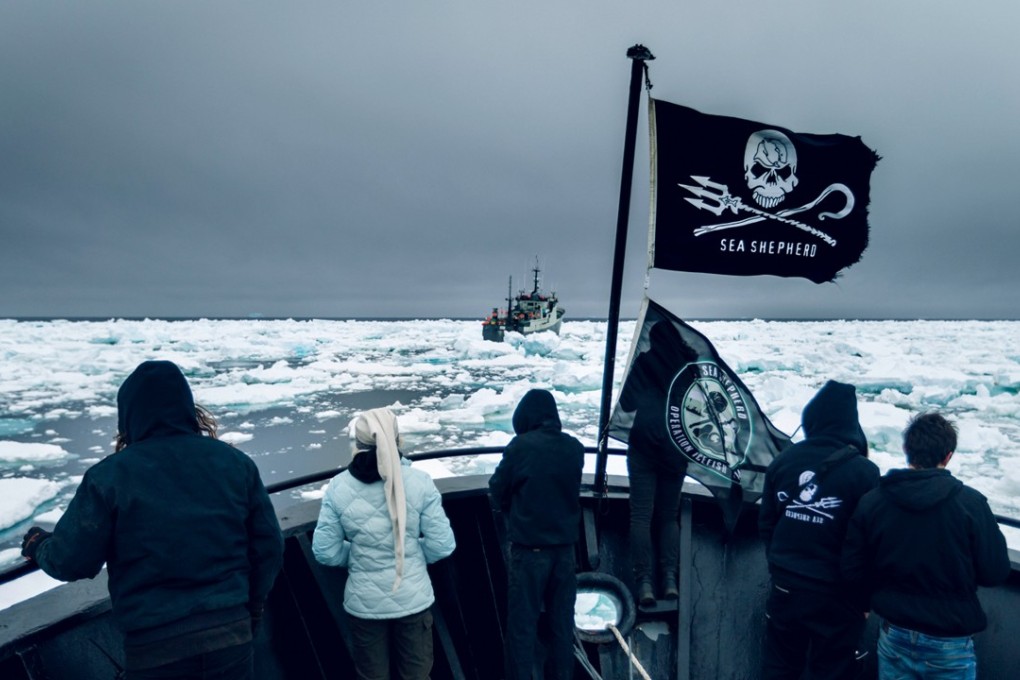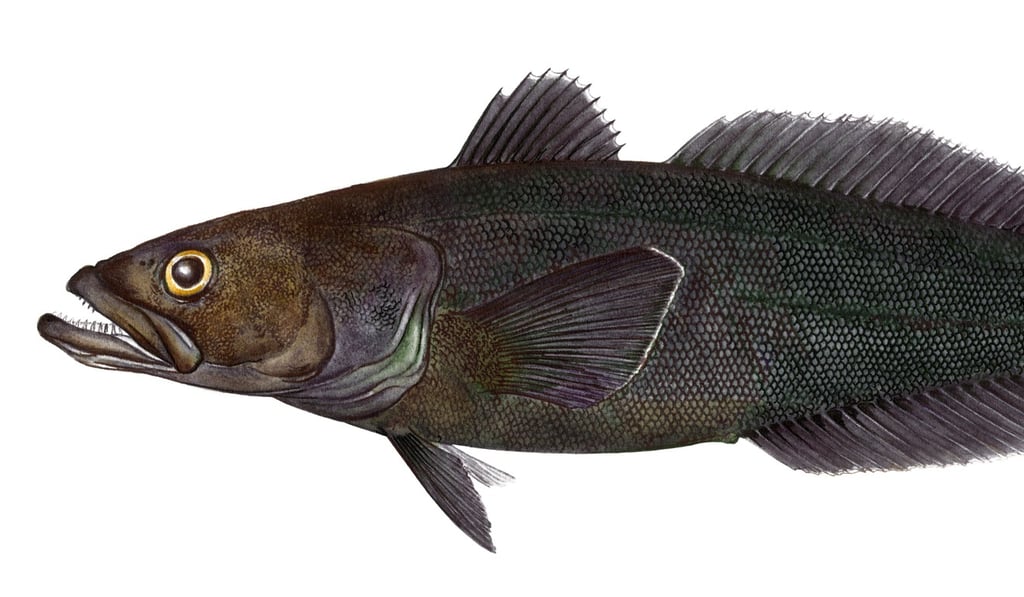Review | Story of Sea Shepherd’s epic high-seas hunt for poachers revealed in new book
One of Catching Thunder’s strongest points is that the authors – investigative journalists who accompanied the chasing vessel – track down players on each side, piecing together their testimonies on the 110-day chase

Catching Thunder: The Story of the World’s Longest Sea Chase
by Eskil Engdal and Kjetil Sæter
Zed Books
The longest sea chase in recent history started in late December 2014. It would last for 110 days and 16,000km. Few on board the two vessels involved could have expected the ordeal ahead of them, or the way the chase would end.

This is the story told in Catching Thunder, by Eskil Engdal and Kjetil Sæter, two Norwegian investigative journalists who accompanied the chasing vessel, the Sea Shepherd Conservation Society ship Bob Barker. Engdal and Sæter have dedicated considerable time and resources to exploring the murky world of illegal fishing, particularly operations in Antarctic waters, which offer some of the most lucrative fish poaching in the world.
The area, an icy sea far outside the reaches of most countries and their navies, is an inhospitable region frequented only by research vessels and intrepid fishing boats. It is also home to the Patagonian toothfish, which some say is the best-tasting fish in the world.

